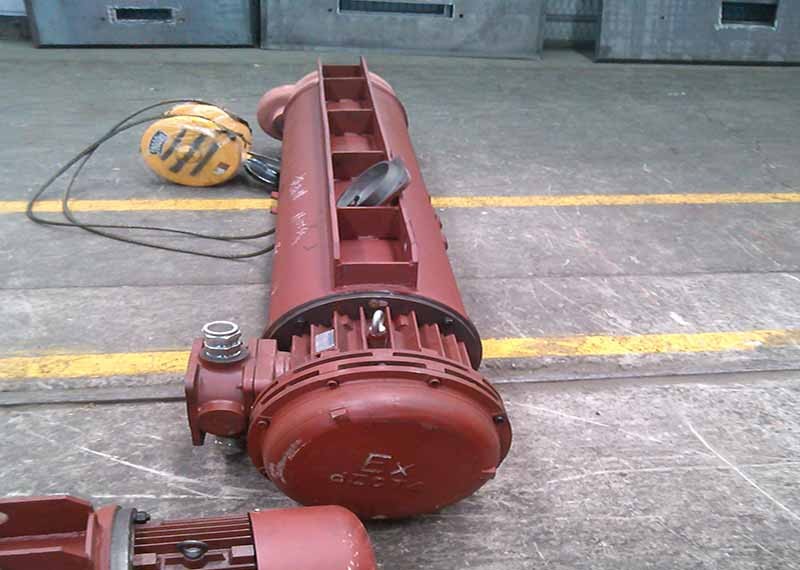
Ways to avoid crane damage
1. Before lifting and hoisting, the risk operation area should be delineated according to the design requirements of the construction organization, and dazzling warning signs should be set up to avoid the entry of irrelevant personnel.
2. Lifting operators should be specially trained by the relevant state departments for special types of work, and pass the examinations, and take up their posts with certificates. Lifting operators should be familiar with the rules of command signals and gestures after learning, familiar with and implement the lifting and handling plan and lifting safety methods. When lifting operations, it is necessary for workers to wear safety helmets.
3. The working load of lifting appliances and lifting gear must not exceed the nameplate rules. All hoisting tools without manufacturer's nameplate should be used after calculation and load test.
4. Lifting machinery and equipment shall be inspected, inspected and protected regularly in accordance with the rules of relevant national departments, and designated persons shall be responsible. The safety equipment and brake equipment of hoisting machinery must be complete and reliable.
5. Before lifting operations, check the appearance of wire ropes, tackles, etc., to ensure good performance.
6. Lifting operations should be directed by a dedicated person, and be directed according to regular command signals and gestures. Before lifting, it is necessary to honk the horn first, or send a clear signal to the field operators. On-site operators and commanders should stand in a safe place to avoid injury from falling objects.
7. Mobile jib cranes are generally forbidden to work under overhead lines. If necessary, the operation management department of the line should be approved in advance, and the line can be temporarily powered off or safety protection measures are adopted before lifting operations. When the crane passes under the overhead line, the boom should be lowered.


